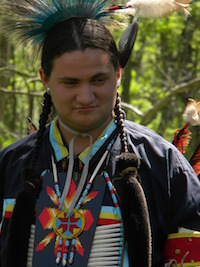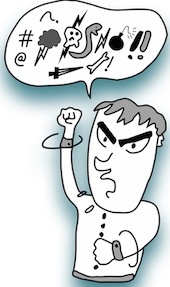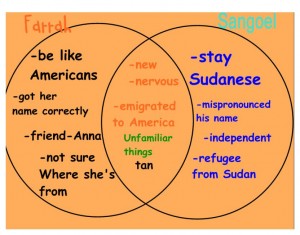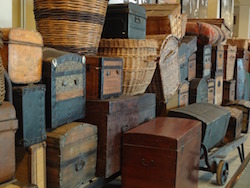By Angeline P. Hoffman, White Mountain Apache Reservation
 Stories of Indigenous people matter. The stories influence how we think about ourselves, where we come from and formulate the way in which we think about cultural perspectives and people.
Stories of Indigenous people matter. The stories influence how we think about ourselves, where we come from and formulate the way in which we think about cultural perspectives and people.
In Indigenous culture children emerge with clearly delineated, gender-specific roles, much like the distinct roles of adults. Continue reading










